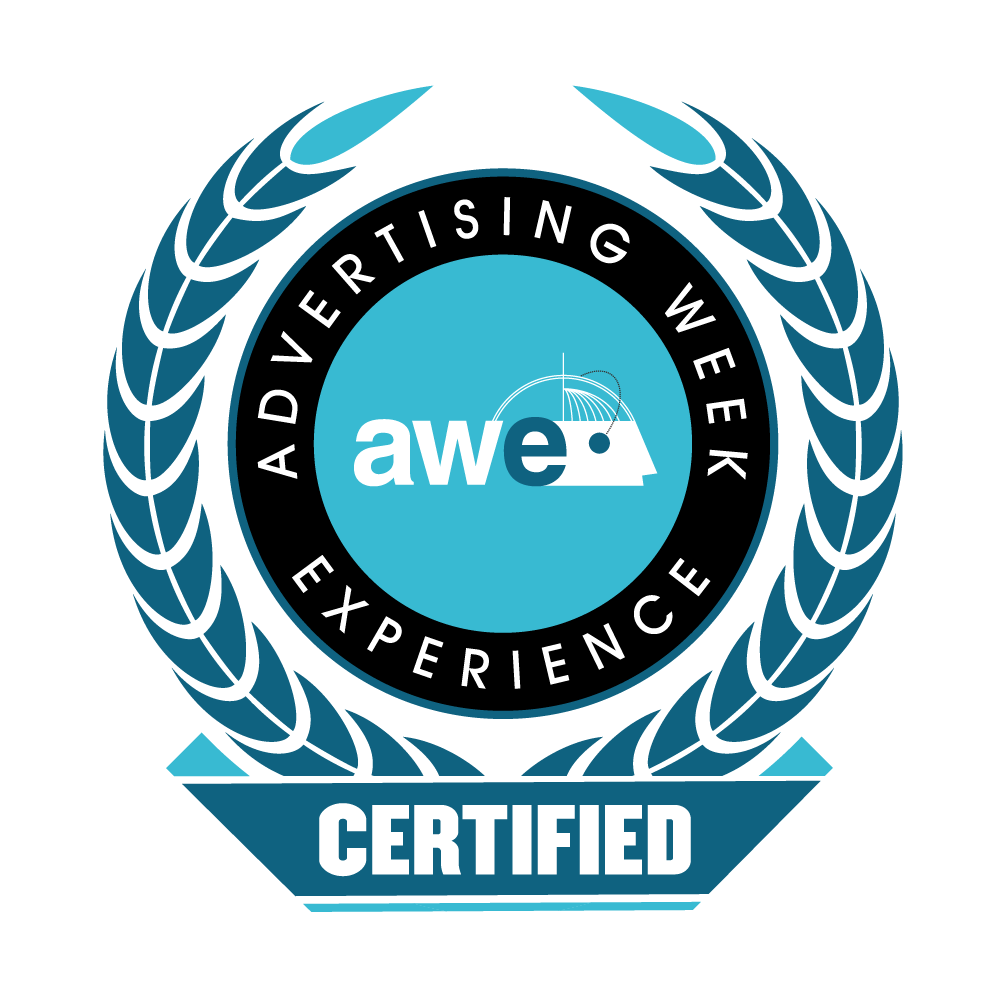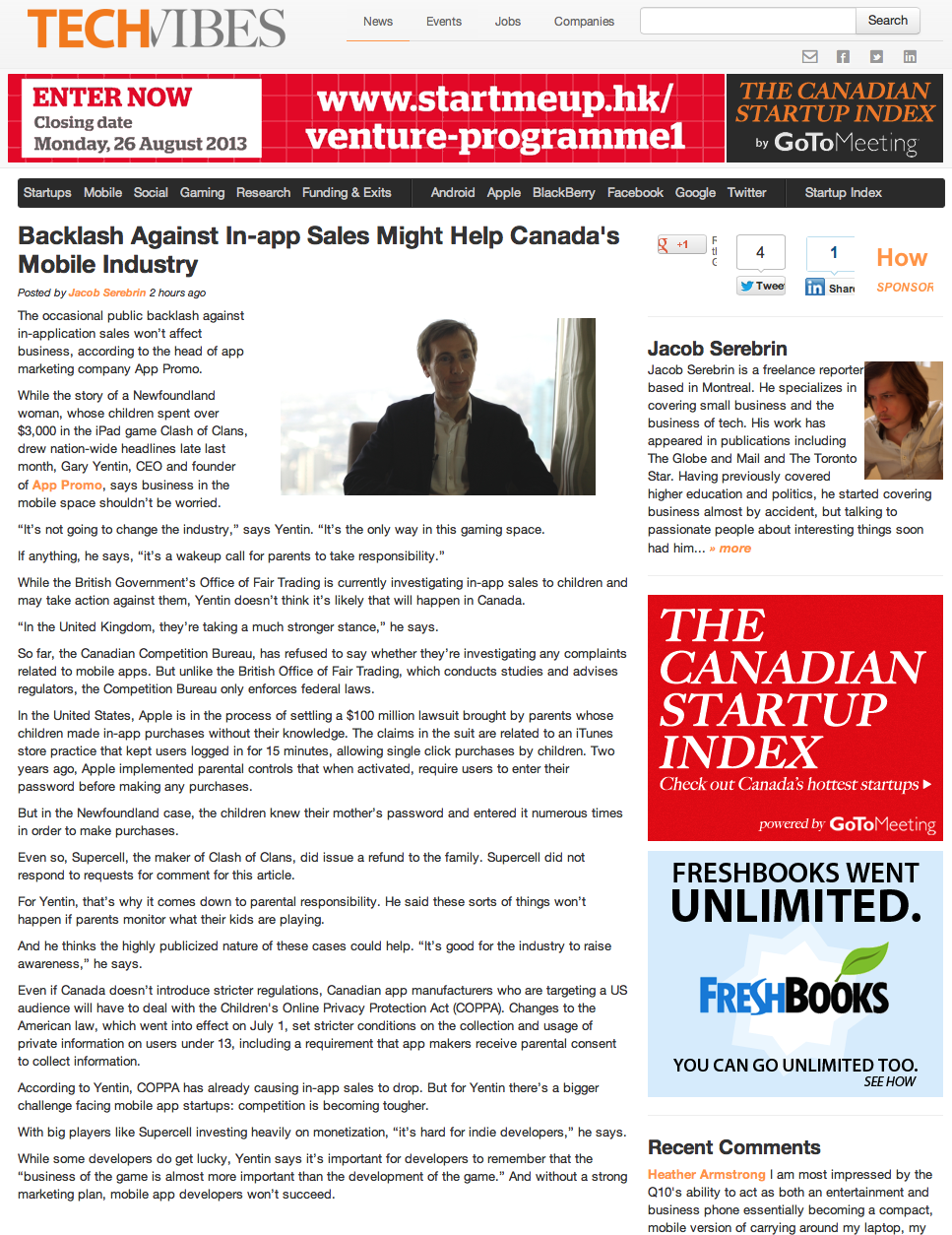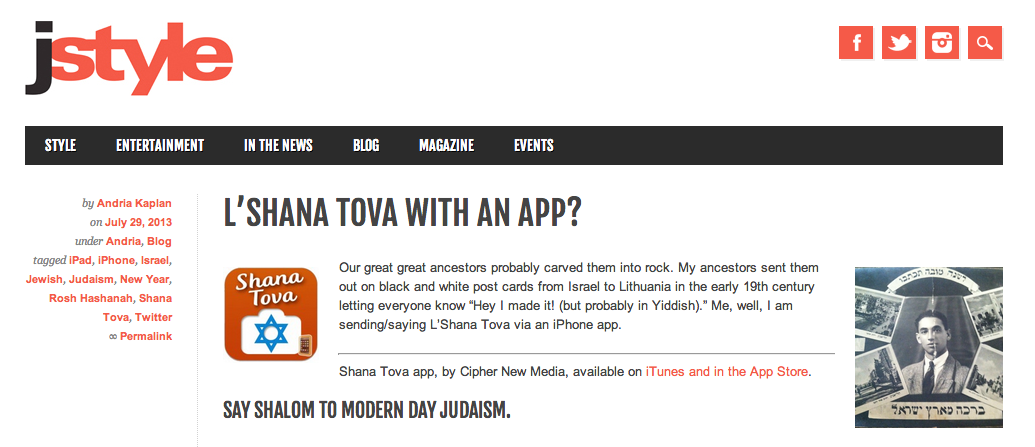
iOS, Android, and Microsoft are all trying to gobble up developers
The last few years have seen an unprecedented number of people rushing to develop mobile apps for iOS and Android. But looking at the installed user base on each platform and information on the payouts made by the different companies, it appears that the vast majority of developers will find themselves with little revenue to show for.
The consensus around the industry is that Google dominates the mobile market with 900 million users, while Apple follows with 600 million iOS devices purchased, and Microsoft comes in third place with an estimated 12 million Windows Phones sold (the vast majority of those, 81%, being sold byNokia NOK +0.24%).
With different forums aimed at attracting developers, each company handles announcing the size of their markets differently.
Apple, at its WorldWide Developer Conference, talked about 1.25 million apps in the app store accounting for 50 billion downloads and $5 billion paid off to developers in the last year. To the company, it is a sign of pride to be able to pay this developer community. Internal data from the app store, gathered from sources close to the company, indicate that the numbers are in line with the actual payments made to developers.
At Google I/O, the largest Android developer conference, Google touted 150,000 developers responsible for over 800,000 apps. While the company does not break out revenue numbers on their apps, recent data in their financial filings seemed to indicate somewhere around $900 million in pay-outs to developers “over the last 12 months” and discussions with external research analysts put the number of downloaded apps from the Google Play store at around 48 billion, close to what Apple has claimed.
Microsoft, meanwhile, has been claiming 160,000 apps in their store from 45,000 developers. In a recent interview, Microsoft officials claimed that the average user downloaded 54 apps, which would put their download count at 650 million to date. While the company does not break out data for its mobile division, looking at the variations in the accounts payable line of their 10-Qs over the last few quarters before and after they introduced their app store shows a variation of up to $100 million since 2011 that could be attributed to the app store.
So taking all that data into account, we can summarize it as follows:

Looking at this, it is clear that Apple is winning the game in terms of total number of apps and money paid to developers. But lost in the shuffle is how much money developers can actually make on those platforms.
Meager dollars per download
Taking the data in front of us, we can get a sense of how many apps the average developer creates and what kind of revenue a developer can expect from those apps, on average (granted, power laws dictate that a small number of developers will do extremely well while the vast majority will fail, but we’re trying to look at averages here).

Based on this, the average developer on those platforms is pretty busy, developing 3 to 5 apps depending on the platform. Interestingly, Android is the big winner on downloads for a given app but this is largely offset by substantially lower revenue, with the average app download bringing in around 2 cents to its developer; Apple fairs 5 times better, bringing in a dime for every one of the 40,000 potential app downloads a developer could strive for. But the interesting thing is that Microsoft’s platform may be substantially more rewarding for its developers, bringing in $.15 per download (a fact that is offset by download numbers shown to be only 10 percent of what the other platforms can offer).
With the average paid app retailing for $.99, what we see here is the direct impact of free apps on those marketplaces. Android’s substantial lead in offering free apps cuts deeply into the average revenue paid out to developers while the smaller availability of free apps on the Windows platform may work to its advantage.
But what does that mean in terms of actually revenue?
Impact on developers’ wallets
Multiplying the average revenue per app by its average number of downloads, we can get a sense as to what an average developer can expect to make on an app today. Taking the same number and multiplying it by the number of apps an average developer creates, we get a sense of the revenues one can pull from going that way:

What we see here is that while decent amounts of money can be made on an app, a hard-working developer on iOS will be able to get a new car, while Android and Microsoft developers will be forced into the used car market if they plan to take those earnings on the road. At $4,000 in average revenue per app, Apple has a lead but it still begs the question as to how many developers can actually make a living directly from apps on any platform. Direct revenue from the apps themselves may not be able to justify large development teams but other revenue sources (advertising, for example) may help developers increase their take.
Of course, these are average values and many hope to find the next big hit, the one that will be on the higher end of the median. But for every app that goes north of those numbers, the average for the remaining apps drop.
Where are the opportunities?
There is, however, some hope. While Apple has developed a rich market for developers, Google and Microsoft both have opportunities to improve. For Google, the focus should be on improving the numbers by helping developers monetize their apps so they can come more in line with what Apple can offer. Even if they only reached half of what Apple does in terms of revenue per download, they would be able to match the revenue developers make. For Microsoft, the story is all about the number of users. If they were to manage their average revenue per app while growing their user base, they could potentially out-earn all the other platforms.
In all three cases, however, there is much work to be done to increase monetization of free apps. And that may be the next growth opportunity for any developer as it presents an opportunity that is substantially larger than the existing one.
Every app developer hopes to build the next big hit but, as is the case for any hit-driven market, a large group will be left behind with little to show for their efforts. At the end of the day, the model for mobile apps is no different than any other of the past: whether it is gold in the Yukon, websites in the 1990s, or app developers today, larger amounts of revenue will go to those who enable development than to those who are doing the development. Levi Strauss made his fortune selling picks and shovels to gold prospectors; Adobe, Amazon, and Google made theirs enabling web developers; and as the mobile revolution takes hold, some new players will emerge providing tools to create apps and those may be the biggest winners.







